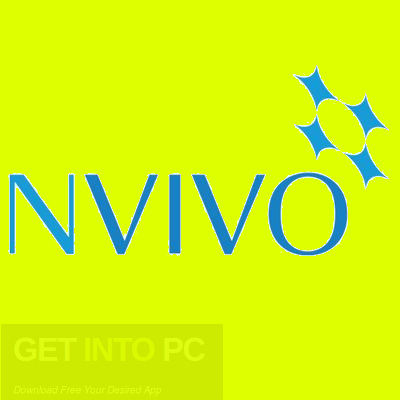


An inductive approach to thematic analysis means that you aim to ‘explore’ your data without expectations of what you will find. These codes can be represented by things called ‘Nodes’ in NVivo, which can then be ordered in hierarchies (to represent themes and subthemes).Ĭodes can be generated ‘inductively’ or ‘deductively’, and ultimately this approach determines whether your overall approach to the thematic analysis or content analysis is ‘inductive’ or ‘deductive’. Themes and subthemes don’t just ‘appear’ after having viewed your data once or twice, regardless of whether you use NVivo, pen and paper, or some other format you’ll need to generate and refine working ‘codes’ (meaningful commonalities in your data relevant to your research question).

10 interview transcripts in Word document or PDF form). In NVivo, your data files are imported as your ‘Sources’ (e.g. NVivo is invaluable when managing and ‘coding’ conversational transcripts (such as interviews, focus groups, or forum discussions) for thematic analysis. interview, focus group, or case study transcripts, open-ended survey responses, internet forum discussion threads) and thematic analysis or content analysis methods are most common in qualitative or mixed-methods research projects. How you use NVivo really depends on the qualitative method and type of data you intend to use. The videos below introduce the work area and concepts for Windows (6:11") and Mac (5:45") users. Launch NVivo via the vLab First-time users For instructions on how to access the vLab, head to the vLab page here. NVivo is accessed via the Virtual Laboratory (vLab). Start thinking, reading, generating ideas Discuss your research ideas with your supervisorĪ. NVivo Training – As part of the University's licence for NVivo, staff and students have access to online, self-paced training.C. SAS Training – As part of the latest SAS software license for the Education Analytical Suite of products, there is complimentary access to 10 SAS eLearning courses. University staff and students can sign in using their UniKey and password.ĮSRI E-Learning – Over 50 virtual training courses on ArcGIS are freely available to University students and staff. This is a good place to look if you need to learn a new tool. LinkedIn Learning – An online learning platform with lots of video tutorials and courses. These include courses on statistics, data science, bioinformatics, programming with Python, R and Julia, using Excel, using Regular Expressions, and High Performance Computing, among others. Sydney Informatics Hub and Intersect Training Courses – The University's Sydney Informatics Hub works with the eResearch support agency Intersect to offer training courses that are available for free to researchers and PhD students.


 0 kommentar(er)
0 kommentar(er)
